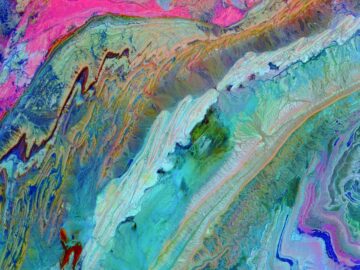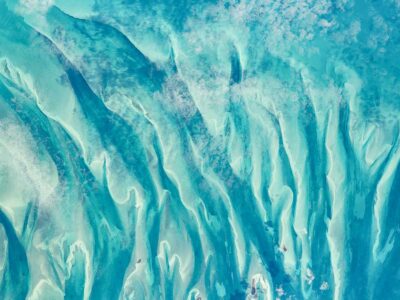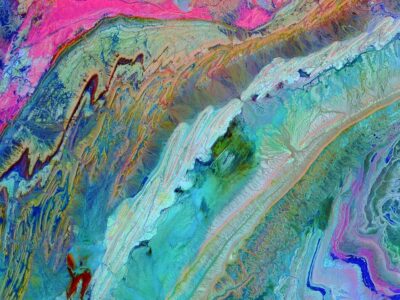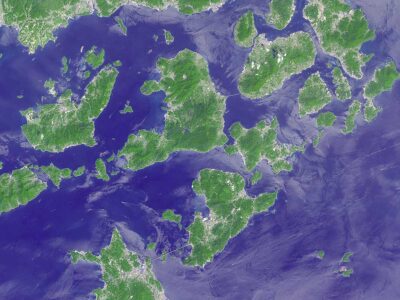It took science over 30 years to publicly recognize James Lovelock’s idea of the Earth as a living, self-regulating organism. But today, the Gaia hypothesis is accepted as Gaia theory, so Lovelock’s 1960s insight eventually proved sound.
The Gaia hypothesis, now Gaia theory, tells us the entire surface of this planet — the living organisms, rocks, soil, air, and oceans — act as one giant superorganism; a living entity with the goal of making this planet comfortable for all of life.
In the following series, I explore James Lovelock’s scientific theory and how it helps to explain the indigenous Mother Earth.
“The climate and the chemical properties of the Earth now and throughout its history seem always to have been optimal for life. For this to have happened by chance is as unlikely as to survive unscathed a drive blindfolded through rush-hour traffic.”
~ James Lovelock
* All images courtesy of NASA





